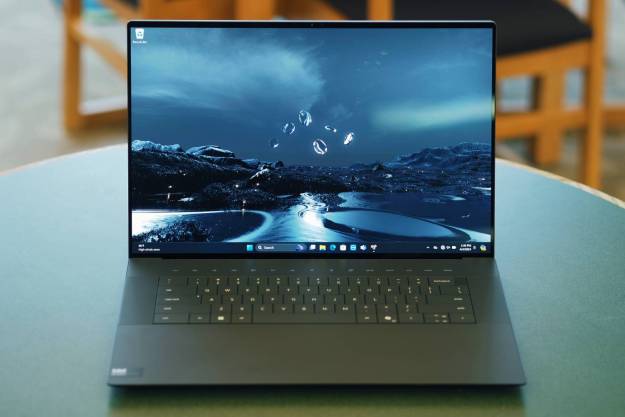HoloPlayer One is an attempt to bring the kinds of holograms previously only seen in sci-fi movies into our homes without the need for any additional hardware. It’s a cleverly designed combination of LCD display, depth-sensing camera, and a reflective panel that lets you not only see, but interact with visible holograms.
As much promise as augmented and virtual reality have for the future of our Star Wars-inspired hologram dreams, Looking Glass Factory has a different interpretation of how it should be. The HoloPlayer One, which operates either on its own or when connected via HDMI to a reasonably powerful PC, lets anyone within a 50-degree viewing angle see and manipulate holograms.
The actual hardware itself is made up of a 2,560 x 1,600 resolution LCD display, which reflects its image onto 32 depth planes to produce a resulting 3D image that has an actual resolution of 267 x 480, according to The Verge. The Realsense 3D camera tracks your hand movements within the hologram’s projected space and allows manipulation of the digital image in real time. There’s also a bundled pair of stereo speakers for audio feedback.
In terms of software content for the system, there is an SDK available now, which the developers are hoping will encourage third parties to create compatible applications that will expand the device’s existing software. Current apps include drawing applications, 3D-sculpting apps, a three-dimensional view of a human heart, and classic game ports like Asteroids 3D and HoloNinja.
While it’s still under development, you can pre-order the HoloPlayer One in two different guises. The $750 option is called the “Development Edition” and is slated to ship out by April. It requires a decently powerful PC to work and will set you back $750. In comparison, the stand-alone version which will ship out at the same time, comes with a built-in PC packing a Core i7 CPU, and has a price tag of $3,000.
If you want to get one of these sooner, there are a handful of “Christmas 2017 rush order” units available, but they are in the tens and dwindling fast. Prices are $250 higher, but you need to get in there fast if you want to be one of the early birds.
If this rig doesn’t strike your fancy, keep your eyes peeled in the near future. All sorts of leaps are being made in the hologram market.



